DIAGNOSTIC IMAGING CENTER OF LAUSANNE
Medical imaging appears to be a must for an overall health checkup. On one hand, it asserts itself as one of the central pillars of all investigations of human pathology. On an another hand, it is the only way able to detect a harmful disease well before it is symptomatic or detected by other tests. Therefor, it integrates itself as well in any medical care than in the development of preventive medicine. These benefits are evident, an image often being a more meaningful source of information than all other presentations.
In these two major areas of health discussed, the techniques of examinations differ somewhat. In the case of a declared disease, the focus of the method of examination is based on the type of pathology, almost always performed with contrast for an optimal diagnosis. In the case of preventive medicine or check-ups, non invasive exams are performed.
In the two cases, we force ourselves to evolve with the newest advanced techniques to guaranty the best and most efficient quality of service possible. Our team is at your disposal for any eventual questions and we are looking forward to welcoming you in our center.
The team
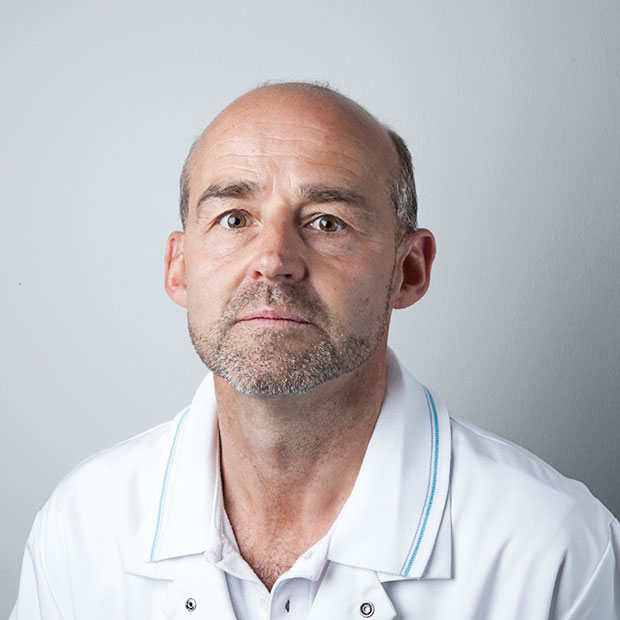
Doctor Pierre Neveceral
FMH specialist in Radiology, physician assistant at the CHUV, director of the CID
- 1986 : medical degree from the Medical faculty of Lausanne.
- 1986-1991 : internal medicine training and specialization in nephrology at the CHUV, Lausanne and CHU, Grenoble.
- 1991 – 1996 : second orientation in radiology followed by a title of specialist FMH in medical radiology.
- 1996 – 2006 : chief doctor of the CID.
- 2003 : degree in nuclear medicine.
- 2006 – present : director of the CID.
- 2013 : development of several partnerships with the Urology (group Urofusion), the Cardiology (Cardiology center of the Grand-Chêne) and the Radiology (CHUV). Regain of a University activity as physician assistant 20% at the CHUV in Lausanne for the Senology and reproductive system.
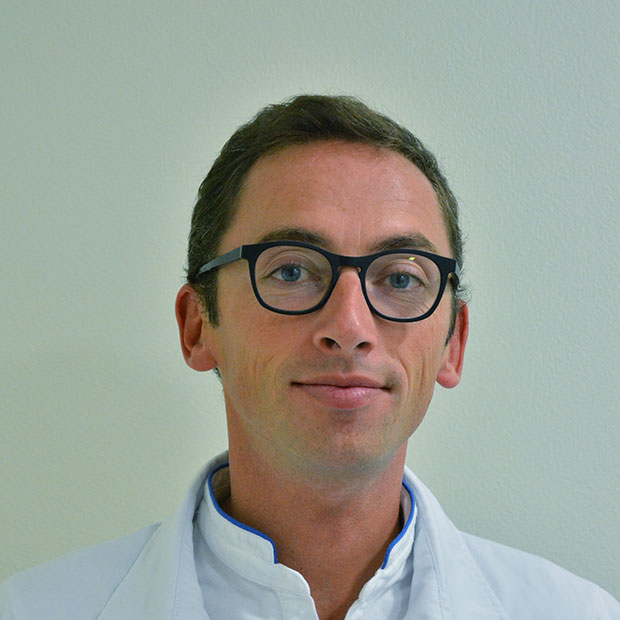
Docteur Jean-Baptiste Zerlauth
Spécialiste FMH en Radiologie, Neuroradiologie diagnostique et interventionnelle, Méd. Agréé CHUV, ancien Méd. Associé CHUV
- 2003-2008 : Interne en Radiologie diagnostique et interventionnelle des Hôpitaux Universitaires de Montpellier - France
- 2008 : Diplôme de Médecine – Faculté de Médecine – Université de Montpellier – France
- 2008 : Diplôme de spécialiste en Radiologie et Imagerie Médicale - Faculté de Médecine – Université de Montpellier – France
- 2008 : Thèse de Doctorat en Médecine – Efficacité du traitement par électrothérapie thermique des lombosciatiques d’origine discale
- 2010 : Diplôme Universitaire de Neuroradiologie interventionnelle
- 2008-2011 : Chef de clinique et Praticien Hospitalier en Neuroradiologie diagnostique et interventionnelle – CHU Saint-Pierre
- 2011-2017 : Médecin Associé CHUV – Lausanne – Neuroradiologie interventionnelle2017 : Médecin agréé CHUV – CURML
- 2017 : début d’activité au CID
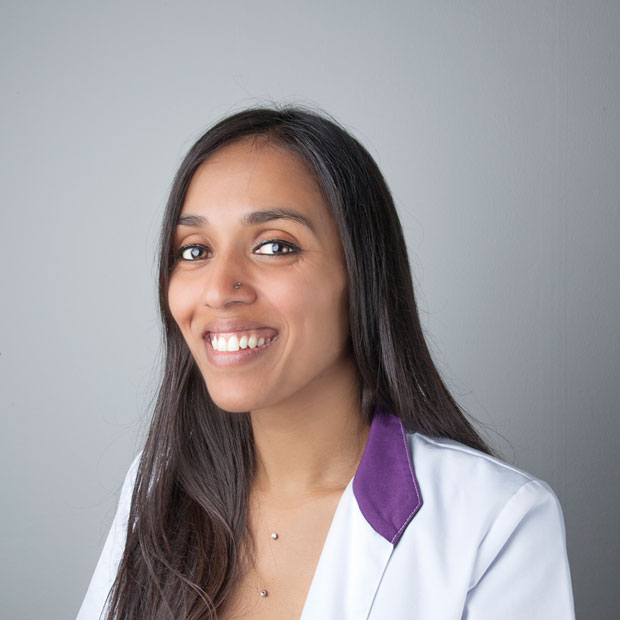
Sussila Chancerel
Medical assistant
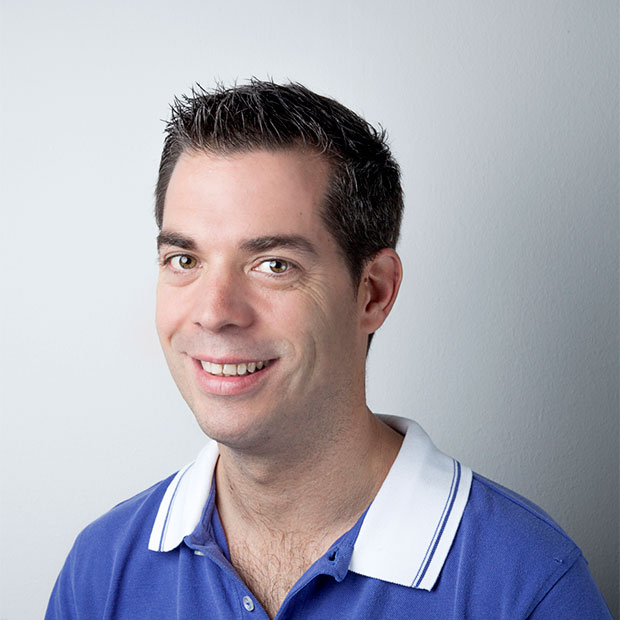
Pierre Isoz
supervisor
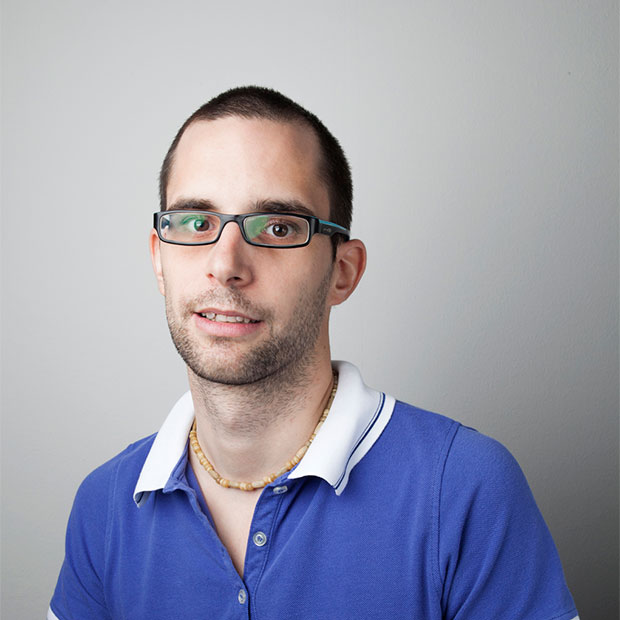
Anthony Kissling
supervisor
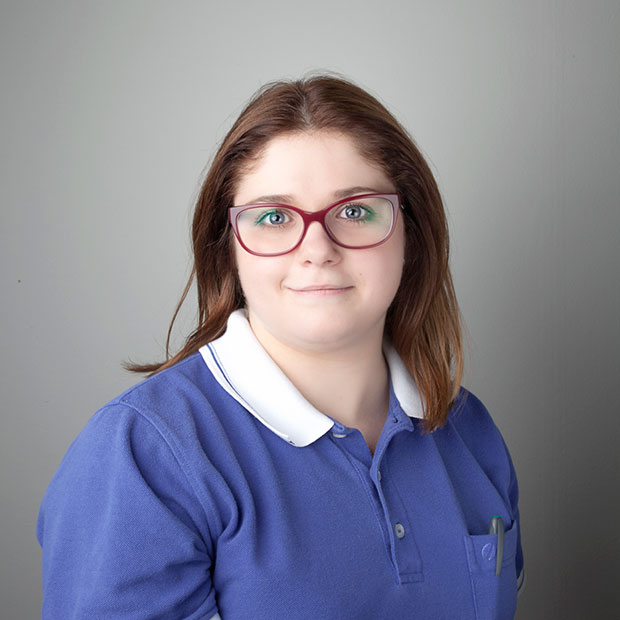
Jessica Béguin

Yann Cottier
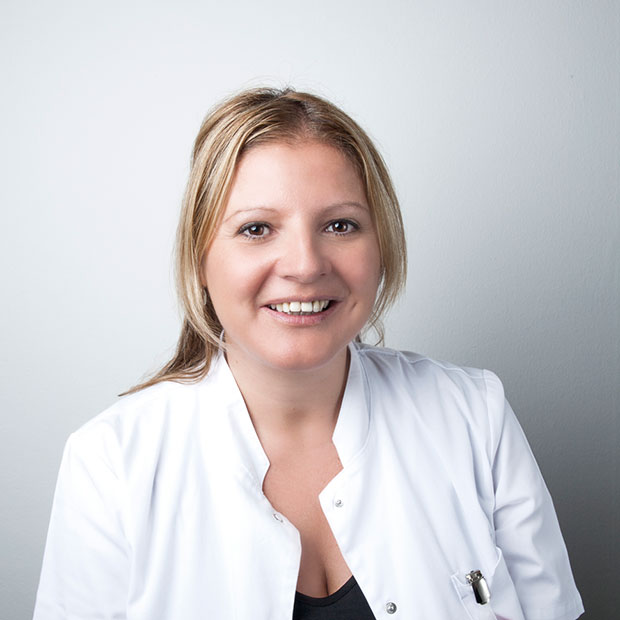
Fabienne Cuttat
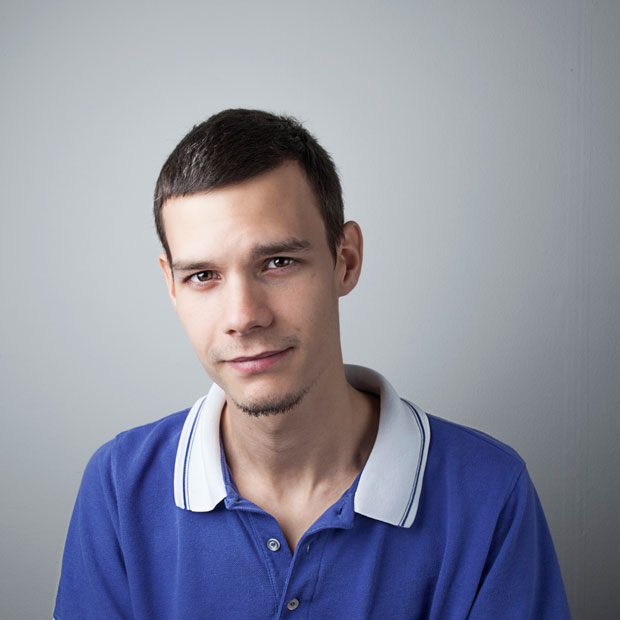
Léandre Jallut
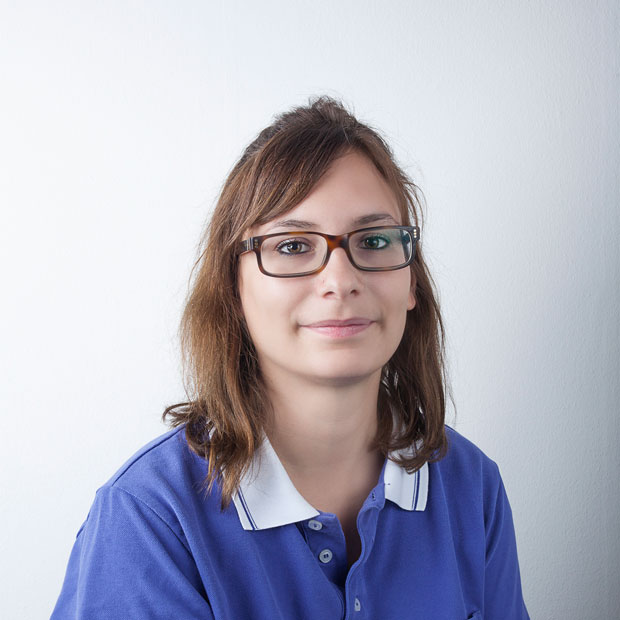
Noémie Progin

Annette Rérat

Sébastien Liardet
Specialized examination
- Targeted prostate biopsies under ultrasound after the fusion of the MRI and US images in partnership with the UroFusion group, first european plateform Uronav-Dynacad.
- Morphologic and functional investigations of all cardiovascular pathologies on a unique plateform regrouping Cardiologists and Radiologists. Coronary and valve CT. MRI and D-Spect, in partnership with the CVGCL.
- For all specialized or interventional examinations, partnership with the Radiology at CHUV.
Check-up
These kinds of examinations are for people in « good apparent health ». It is an integral part of preventive medicine and can be, by example, completed, if wanted, by a wellness stay in an institut.
Its purpose is to detect any underlying diseases not yet symptomatic or detectable by the other examinations (clinical, biological, …) and to take care, as quickly as possible and most efficiently, of the detected disease. Typically, it is able to research vascular malformations (aneurism, stenosis, …) and tumor pathologies at their begining, still treatable at this stage in optimal conditions.
Three targeted groups are to consider :
- The first targeted group, especially young people (20-45 years old), although any age group can benefit from it. It usually is a congenital pathology especially cerebrovascular and/or domestic (aneurism, arteriovenous malformation, …) but also musculoskeletal (disabling back pain, joint pain, …), matology (family history of breast cancer) and thoracic (professional exposure, constitutional, …). It calls for a cerebral angio-MRI, a musculoskeletal MRI, mammogram with tomosynthesis and pulmonary CT scan. To be well noted that the double tube CT scan and the double energy CT scan of the latest generation, offer, on one hand, the possibility to discriminate « low-dose » an exposure to X rays close to an exposure to standard thorax radiographs, on another hand, the possibility to discriminate the content of substances entering in the composition of urinary stones for an optimal urological or rheumatological following in the microcrytalline deposition diseases. All these examinations are created without contrast (15-60 min according to the type and the number of examinations performed.
- The second group concerns the over 45 year olds. It is focused in particular on the tumor pathologies and, ultimately, lung cancer, prostate cancer, breast cancer, pancreatic cancer, liver and kidney cancer, as well as all other tumor pathologies can be detected (colon, ovaries, thyroïd, …). It regroups a cerebral MRI, an abdominopelvic and prostate MRI, a mammogram with tomosynthesis and a thoracic CT. All these exams are also created without constrast in approximately 1 hour.
- The third group, the most « challenging », should englob, on one hand, the responsable person (business executive, bosses, …) and people with stressful jobs (health, bank, education, …). On another hand, in the same group should be considered people with cardiovascular risks (tobacco, diabetes, high blood pressure, cholesterol, family history, …). All these people have in common the risk of a coronary cardiac pathology and/or cerebral vascular with, for corollary, a myocardial or cerebral infarction (stroke). By far, not in all cases, a typical symptomatology demonstrates the presence or then too late. In this group, aged on average between 45 and 60 years old, the coronary CT aspecially dedicated is then recommanded in addition of the cerebral angio-MRI. It is indispensably required by a iodine constrast injection. By the same, it allows the pulmonary vascular analysis (pulmonary embolism, …) and, more globally, the aorta and its necessary branches. Depending on the importance of the pathology discovered, in common with the different partnerships (CVGCL, UroFusion, CHUV), a specialist advice and support could be done the same day.
Finding us

CENTRE D'IMAGERIE DIAGNOSTIQUE
Grand-Chêne 8 bis
1003 Lausanne, Suisse
T : +41 21 310 07 10
F : +41 21 311 03 10